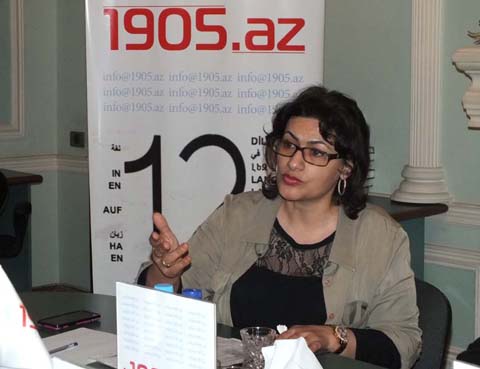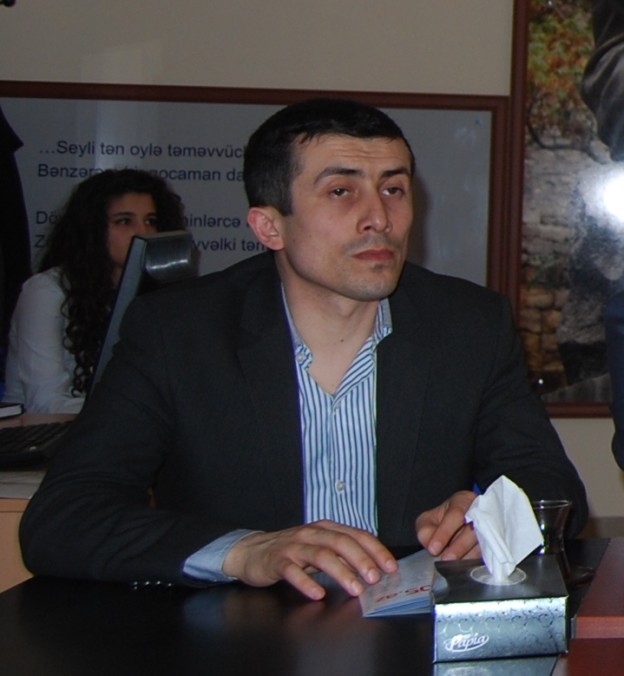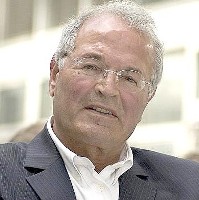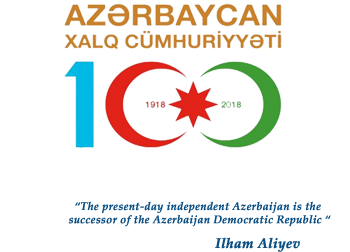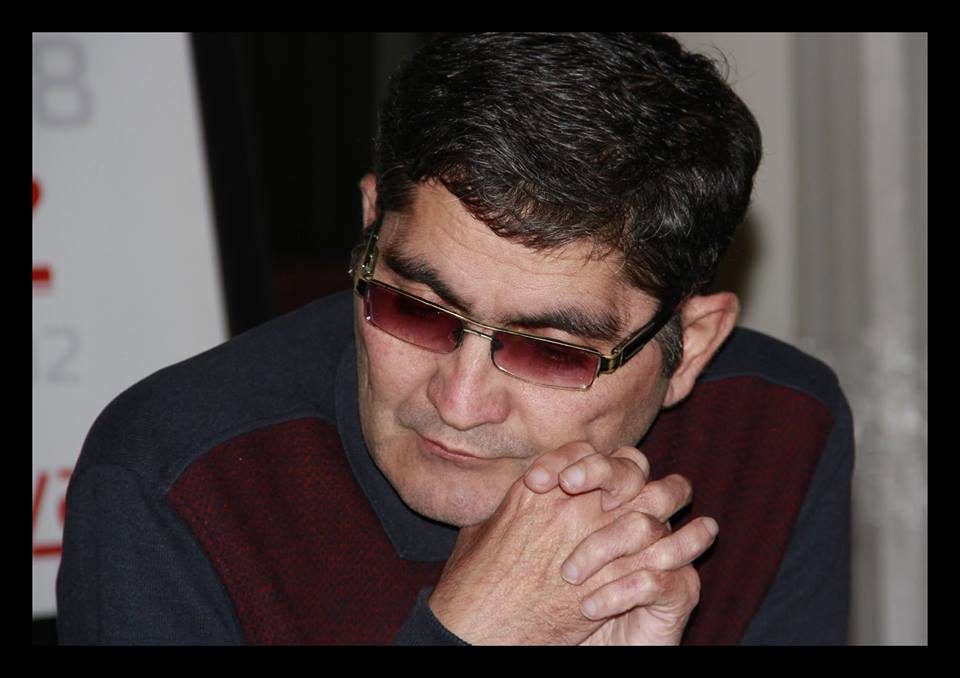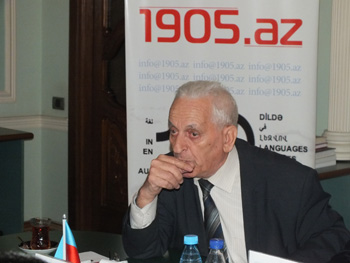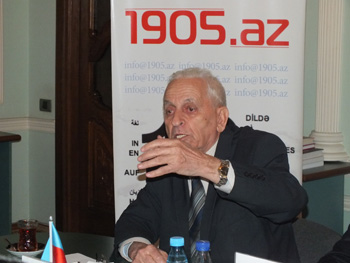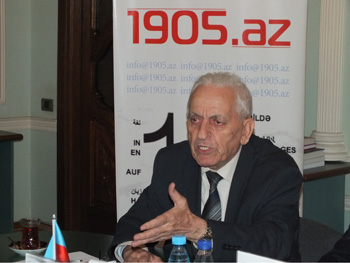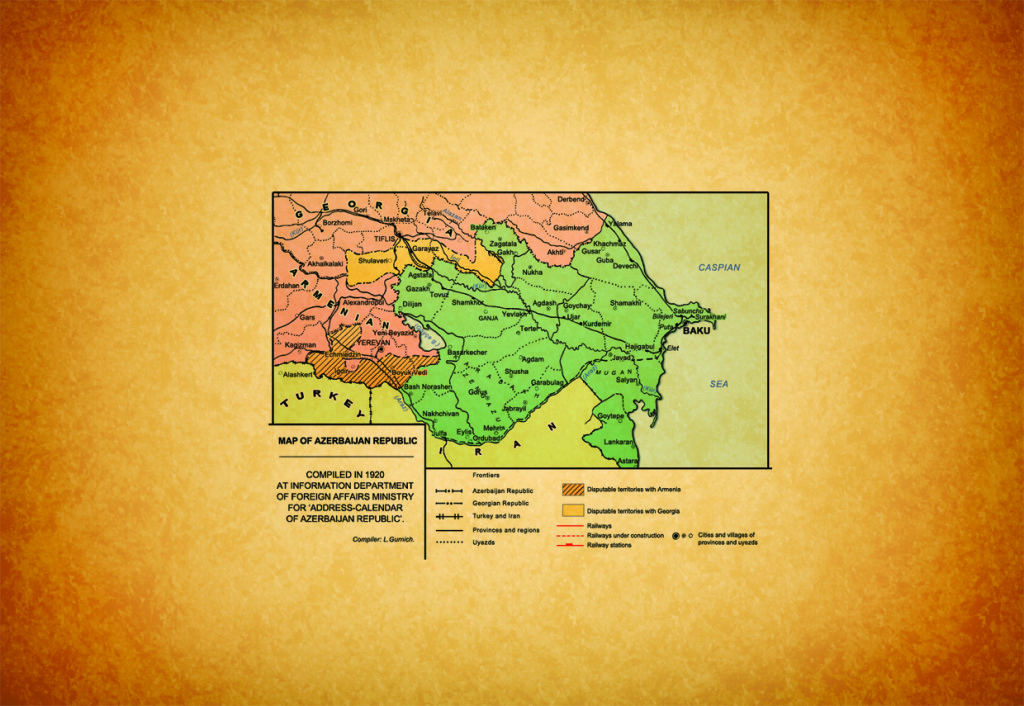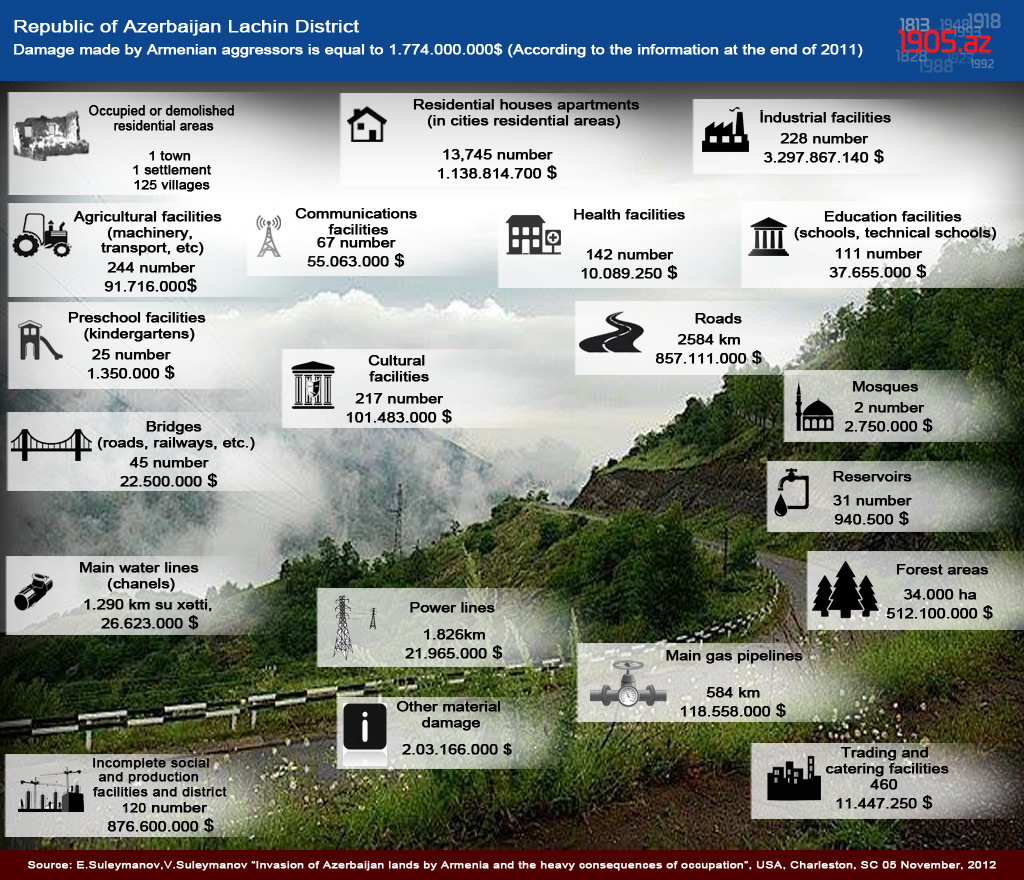Speaking about the origin of the Armenians, there is a need to shed light on “Armenian”, “Armenia”, “Hay”, “Hayastan” ethno-toponyms. It is known that the Armenians identify themselves with “Hay” ethnonym and with “Hayastan” toponym, the country of their residence. Outside Armenia, these people are known as “the Armenians”, “Armenin”, “Virmen” etc, and “Armenia”, “Armeniya”, “Virmeniya” and so on as the country.
“Armenia” as a geographical term has long been known to science. “Father of History” Herodotus lo-calized Armenia at the mouth of the Euphrates River (Геродот. История, М., 2001, с. 79.) near Assyria (Ibid, p. 85.).
According to F. Makler, Armenia has been known as a geographical area since the ancient times and the area was not always populated by the Armenians. The inhabitants of the area did not speak a language familiar to us as the classic Armenian or the Grapar language (Frédéric Macler, La Nation arménienne, son passé, ses malheurs, Paris, 1924, p. 18.).
Armenian author K.Patkanian conclusion is that “Armenia did not play a special role in the history of the humanity as a state and the name of the country was only a geographical term…”( Патканов К.П. Указ. соч., с. 149.).
The Armenian author L Nalbandian notes that in IX century BC, the area called Armenia was occupied by the Urartu and the population of these territories was not Aryans. Noting the intervention of new peoples to Urartu in VIII and VII centuries BC, the author equals the new peoples with Phrygians and Armenians (Nalbandian L., The Armenian Revolutionary Movement, Los Angeles, 1963, p. 3-4.). As we see, L. Nalbandian also shows that in IX century BC, Armenia was a geographical area populated not by the Armenians. According to F. Lenorma, who claimed that the Georgians lived in the Ararat province and in Van in the ancient periods, they were ousted by the Phrygian Armenians who obtained a new homeland there in VII-VI centuries BC.
“The Assyrian inscriptions described the residents of Armenia as the Urartians, since this time no authentic Armenians lived in Armenia; it is clear that Urartians- Araratians or Aloridis were Georgian tribes who settled in Armenia prior to the attacks of Armenians.”( Патканов К.П. Ванские надписи и значение их для истории Передней Азии // Журнал Министерства Народного Просвещения. Январь 1874, часть CLXXI, c. 111.)
According to F.Lenorman the region belonged to the Georgians since the ancient times, this thesis is the subject of a separate research; we should say that F. Lenorman also defends the idea that the territory of Armenia was not the native land of the Armenians.
Authors of “History of the Ancient Orient”, published in 2003 (edited by V. I. Kuzishin), also paid attention to the fact that “Armenia” is a geographical name: “Armina, Armenia: it seems that this name derived from the name of Arme which literally means “the land of Arame”. Armina was the south-eastern province of Melid-Kammanu, which was formed at the end of VII century BC after the collapse of the Hittites kingdom. It came under the control of Media and Persian states later and in VI century BC there emerged an independent Armenian kingdom and along with other provinces of the former Urartu it became part of Persia. Zoroastrianism had a significant impact on Armenia (История Древнего Востока. Под. ред. В.И. Кузищина. М., 2003, с. 214.).
By the middle of the 1st millennium, different tribes, which belonged to non-Indo-European language fami-ly, primarily to the Sami (the Semitic) language family, lived in the geographic area called Armenia. The name of “Armenian” or “Armen” in line with the name of the territory they lived is, in general, names given to these tribes. In other words, “Armenian” or “Armen” tribes that lived in the territory called Armenia by the middle of the 1st century have nothing in common with Hays who are the ancestors of the present Armenians. Hays came to this territory later and clashed with the local people who weakened after the collapse of Urartu and settled there.
In contradiction to historical realities, some Armenian authors try to draw similarities between the Ar-menians and Hays, and given this, they cannot insure themselves against putting forward contradictory the-ories.
The Great Russian writer Maxim Gorky said that “facts are stubborn things”. For instance, claiming that the process of formation of the Armenian people began in XII century BC, K. Patkanian indicates both the Ar¬men and Hay tribes as the Armenian tribes: “The nucleus of the Armenian state formed along the Araks, in Armenia itself where the Armenian tribes settled. The Armenians crossed the Araks to expand their borders and clashed with Hay tribes in the southern Armenia. It is likely that the Armenians were defeated by Hays, whose name was once common to both tribes.” ( Патканов К.П. Ванские надписи и значение их для истории Передней Азии // Журнал Министерства Народного Просвещения. Июнь 1875, часть CLXXIX, c. 311.) As it is seen, though K. Patkanian claims that Armen and Hay tribes were hostile to each other, he could not explain why these two tribes, whom he accepts as their ances¬tors, were bitter enemies.
Thus, Hays came to the shores of Lake Van, gradually misappropriated the culture of the local people and in accordance with the name of the newly settled area they were called by others as “Armenian” or “Armen”. In other words, those who called themselves Hays became the Armenians for others.
As for Hays, this fact is confirmed that they came to the region around Lake Van following the migratory processes together with the Phrygians. Proofs by those who try to prove contrary do not stand up to scrutiny.
According to Herodotus “…in the east on the border with Lydians were Phrygians… the after Phrygians came Cappadocians…Their neighbors are Cilicians whose lands stretch till the Mediterranean Sea…here Cilicians border on the Armenians and the Armenians on the Matienians.” (Геродот. Указ. соч., с. 320.) Following this, the father of the history notes that “the Armenians who moved away from Phrygian lands possessed Phrygian arms” (Ibid, pp. 427-428.).
The Romanian researcher Vlad Benetsyanu considers information provided by Herodotus as a significant source and considers that the Armenians are of the Phrygian origin. “Even bearing in mind the lack of data in II millennium BC in the period when the Armenians and Phrygians lived in the north of Thessalia, we consider it entirely possible for their relationship to be confirmed. The study of the ancient history is significantly based on the data provided by historians like Hecataeus of Miletus or Herodotus; and it seems to us incredible for them to describe the as kindred people to the Phrygians. The latest studies have repeatedly proved Herodotus’ data.” (Бэнэцяну В. Некоторые вопросы этногенеза армян. // Историко- филологический журнал, 1961, № 2, с. 101-102.)
Full member of the Russian Imperial Archaeological Society, professor of the St. Petersburg and Brussels universities, the author of studies on the history of Byzantine and Armenia, N.G. Adonts wrote that in VIII century BC under the pressure of the Scythians and Saks, the Cimmerians migrated from the east to the west towards the River Danube and from there they crossed to Thrace, taking the Thracian tribes formed of the Phrygians and Armenians moved towards Asia Minor. “.The historians consider that the Armenians first belonged to the Phrygian tribes who lived in Thracia. It is considered that they were swept by the migrating Cimmerians and moved to Asia Minor from there and then separated from their Phrygian compatriots, moved forward and settled in the vicinity of the River Alisa, the right branch of the Euphrates River.” (Мусульманский М. Указ. соч., с. 42-43.)
The Russian expert on the Caucasus I.I. Shopen believes that “the Armenians in essence are strangers. They are from descendants of the Phrygians and Ionians who settled in the northern valley of Anatolia.”(Ibid, p. 42.)
I.G. Chavchavadze did not find Armenians among the ethnoses mentioned in the cuneiform inscriptions of Van referring to late IX early VIII centuries. “…by the end of VIII century BC or…until early VI century BC there is not a single sign referring to the Armenians around Van, as admitted now by the historians and even Armenian professor Patkanov in written form.”(Чавчавадзе И.Г Указ. соч., с. 100-101.)
In the early 60s of XIX century, a cleric called Mesrop discovered several cuneiform writings in the north-west of Echmiadzin and they were introduced as historical monuments of the Armenians. However, it was later found out that “it was written in a language which had nothing in common with the Armenian language” (Ibid, p. 110.), but this was not of significance for the Armenian historians. Demonstrating irrational approaches to historical facts “the integral quality of the Armenian historians is to achieve their goals through perseverance… they try to keep silent about things that are not included in the calculations, even if this is undeniable truth” (Ibid, p. 111.). They have demonstrated this persistence with regard to the Van cuneiform writing belonged to Urartu. The creators of the Armenian myth acted fraudulently to misappropriate IX-VIII centuries BC cuneiform inscriptions, artificially reduced the age of the inscriptions by referring them to VI century BC. The goal was clear. “The Van cuneiform inscriptions belonged to the pre Achaemenidic period; and the Armenians emerged in Armenia during the time of the Achaemenids, they were not up to it, – therefore, the Armenian historians were trying to prove that the cuneiform inscriptions were not the Assyrian but the Achaemenid period inscriptions”(Ibid, p. 112.).
Referring the Armenians to the Indo-European language family, Pasdermacian admits that VII or VI cen-turies BC together with Cimmerians and Phrygians they migrated to the Balkans and then to the east, towards the Caucasus (Pasdermadjian H., Histoire de l’Arménie, p. 23, Paris, 1949, p. 23.).
The Armenian philologist, academician M. X Abekian also shares the opinion that the Armenians had mi-grated to Asia Minor: “A long time ago the ancestors of the Armenians lived in Europe side by side with the ancestors of Thracians and Greeks. From there they moved to Asia Minor, it is likely that for some time they lived in the neighborhood with the Phrygians, since the Greek author Herodotus considered the Ar-menians a colony that derived from the Phrygians” (Мусульманский М. Указ. соч., с. 43.) . All these thoughts shed light on the issue of the origin of the Armenians and prove that they are not natives of the territory they live now.
Agil Shahmuradov
1905.az

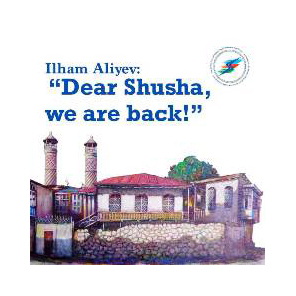

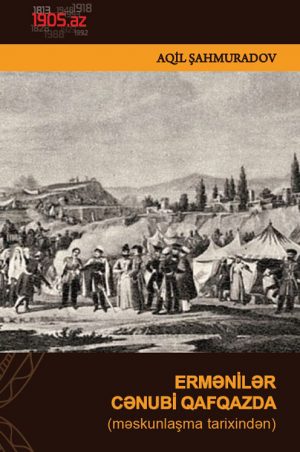





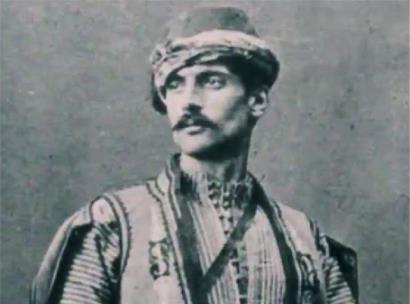
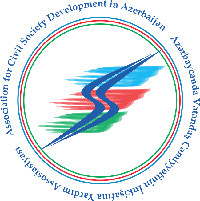
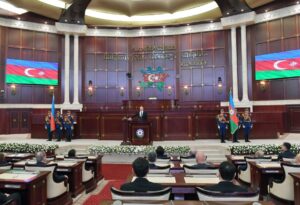 Inauguration ceremony of President of Azerbaijan Ilham Aliyev was held
Inauguration ceremony of President of Azerbaijan Ilham Aliyev was held Ilham Aliyev wins presidential election with 92.05 percent of votes VIDEO
Ilham Aliyev wins presidential election with 92.05 percent of votes VIDEO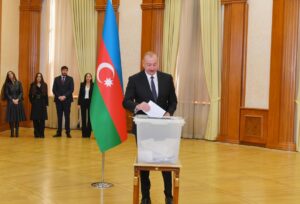 President Ilham Aliyev, First Lady Mehriban Aliyeva and family members voted in Khankendi VIDEO
President Ilham Aliyev, First Lady Mehriban Aliyeva and family members voted in Khankendi VIDEO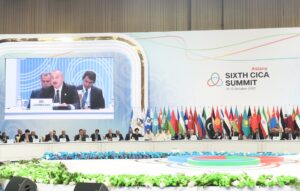 Plenary session of 6th Summit of Conference on Interaction and Confidence Building Measures in Asia gets underway in Astana. President Ilham Aliyev attends the plenary session VIDEO
Plenary session of 6th Summit of Conference on Interaction and Confidence Building Measures in Asia gets underway in Astana. President Ilham Aliyev attends the plenary session VIDEO President Ilham Aliyev was interviewed by Azerbaijani TV channels in Prague VIDEO
President Ilham Aliyev was interviewed by Azerbaijani TV channels in Prague VIDEO



